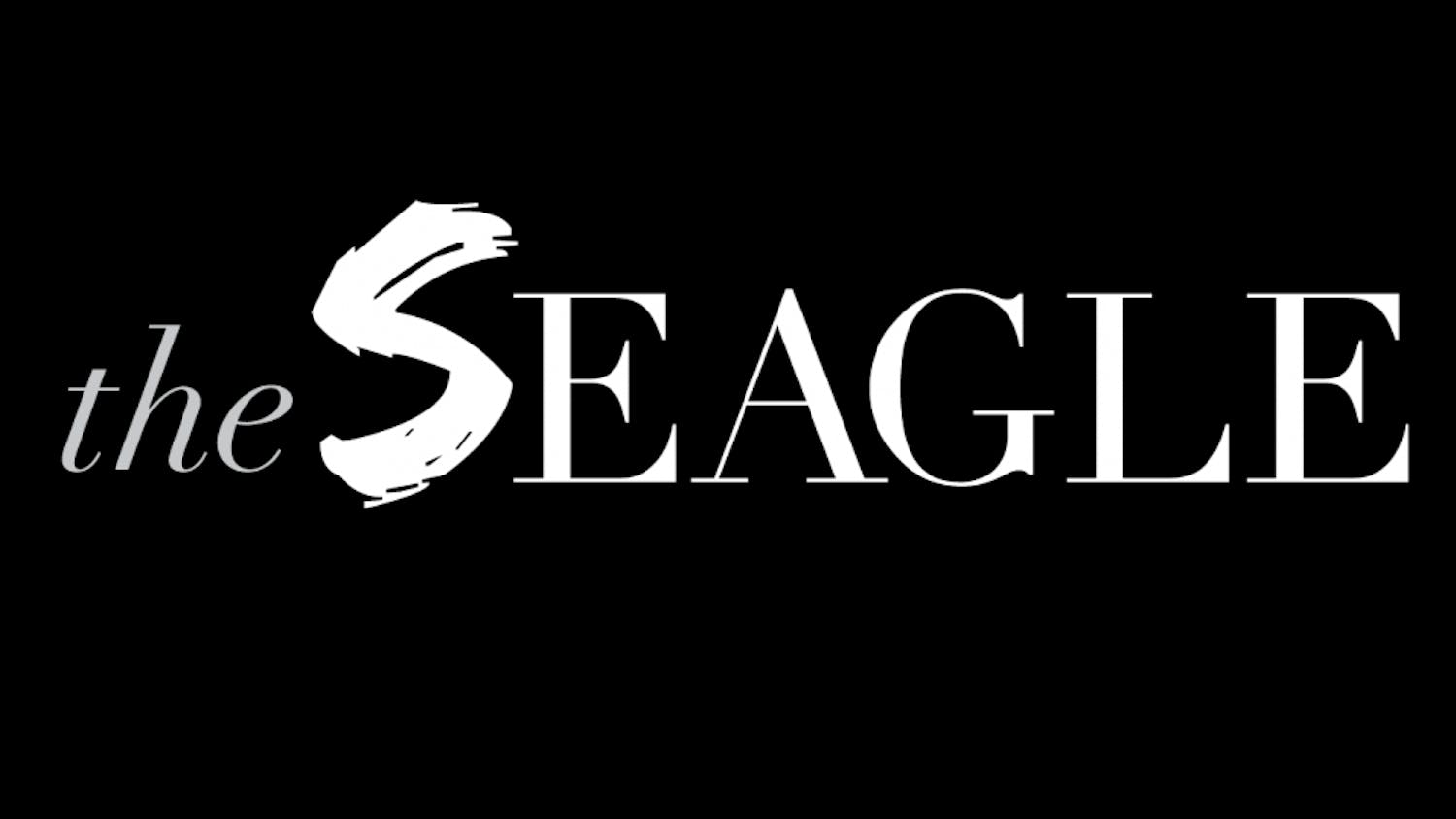Sharks in a bloody feeding frenzy, thrashing in the water and devouring their prey. Bears tearing and clawing away at whatever unfortunate creature comes within their grasp. These scenes have become commonplace in recent years as part of the larger explosion in nature and wildlife programming on television and in theaters. But how much do we know about how these films are made? Who are these people who go into the wild with cameras and how do they do it? And most importantly, what impact do these films have on society and the environment?
In my new book, “Shooting in the Wild: An Insider’s Account of Making Movies in the Animal Kingdom,” I call on my 25 years of experience producing film and television programs to shed light on the nature film industry. Producing films about wildlife is not for the faint of heart. I have learned the hard way that filmmakers must be ready for anything: from having to revive a dying elephant, being overrun by a caribou migration, or dangling from cliffs to film condors. However, there are few experiences more rewarding than being able to travel to the most remote locations on earth and see wild animals in their natural habitat.
Unfortunately, in my career I have also seen the dark side of the wildlife film industry. Since the very first nature documentaries, some filmmakers have used unethical means to create their films or have misled viewers and misrepresented the animals they depict. With the enormous success of nature programming in recent years, however, there are even more examples of unethical behavior in the industry.
Some filmmakers will resort to abusing animals in order to get the shots they want. When I first got into filmmaking in the early 1980s, I heard that a cameraman put stinging Bengay on the anus of a beaver so it would be active for his camera. In the old days, if a filmmaker wanted to capture a hunting scene of a bobcat chasing a rabbit, it was standard practice to get the shot by the use of invisible filament around the rabbit’s neck or leg to artificially slow it down. Luckily such overt abuse is now uncommon. However, many on-camera hosts like Jeff Corwin or the late Steve Irwin still grab
though, and thus the viewers only see the most sensational moments of the animals’ lives.
The real danger of misrepresenting animals is that it discourages conservation. When filmmakers depict wild animals as murderous and evil, they make it all the more difficult to convince the public of the need for protecting these animals. Sharks, for example, face dire threats from the pollution of their habitat and the disgusting practice of shark finning. If viewers think of sharks only as killers, they are much less likely to act to protect and conserve them. Filmmakers need to realize the impact their films can have on the very survival of the wild animals they depict.
I am proud to teach at an institution like American University where open discourse about such controversial topics is possible. Films have an enormous influence on how we relate to wildlife and to the environment in general and it is essential that filmmakers make more ethical and conservation-minded films. However, if we want to see improvements, we as viewers must also take responsibility for the programs we watch.
Chris Palmer is an environmental and wildlife film producer who in 2009 received the Lifetime Achievement Award for Media at the International Wildlife Film Festival. His book, “Shooting in the Wild: An Insider’s Account of Making Movies in the Animal Kingdom,” was published in May by Sierra Club Books. He is president of the MacGillivray Freeman Films Educational Foundation, which produces and funds IMAX films, and he is also a professor on the full-time faculty at AU, where he founded and directs the Center for Environmental Filmmaking in the School of Communication.




